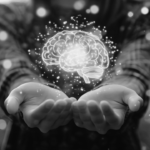Neurodegenerative Disease – Everything You Need To Know
Table of Contents:
- What is Neurodegenerative Disease?
- Different Types of Neurodegenerative Disease
- Alzheimer’s Disease (AD)
- Parkinson’s Disease (PD)
- Multiple Sclerosis (MS)
- Lewy Body Dementia (LBD)
- Huntington’s Disease (HD)
- Amyotrophic Lateral Sclerosis (ALS)
- Spinal Muscular Atrophy (SMA)
- Friedrich’s Ataxia (FA)
- Diagnosis
- What can be done about neurodegenerative disease?
- Conclusion
The essence of who we are lies in our memory. Based on our recollections, we can have a preference, an opinion, a social circle, and a life history. Our relationships are based on memories, and the way we interact with our loved ones is a direct reflection of this. Outside of this, our brain is also responsible for controlling and coordinating the rest of the body’s functions. These include the daily conscious movements we make like walking, talking, and solving problems, as well as the all-important unconscious actions like breathing, vision, and appetite. The brain makes us, us.
Losing brain function is a terrible health problem. One of the most insidious diseases we have today is neurodegenerative disease. There are many types of neurodegenerative diseases that include varying symptoms. After reading this article, you will have a complete understanding of what neurodegenerative disease is. We will walk you through different neurodegenerative conditions, their causes, their diagnosis, and what you can do about it.
What is Neurodegenerative Disease?
As the name implies, neurodegenerative disease features degeneration of the nervous system. It is an umbrella term that includes several ailments (listed below), each with its own elements.
In neurodegeneration, nervous cells either die or stop working normally. This causes the body’s electrical system to go haywire, manifesting in many different ways. Because there is a lack of treatments on the market today, neurodegenerative disease can get progressively worse over time.
Different types of Neurodegenerative Disease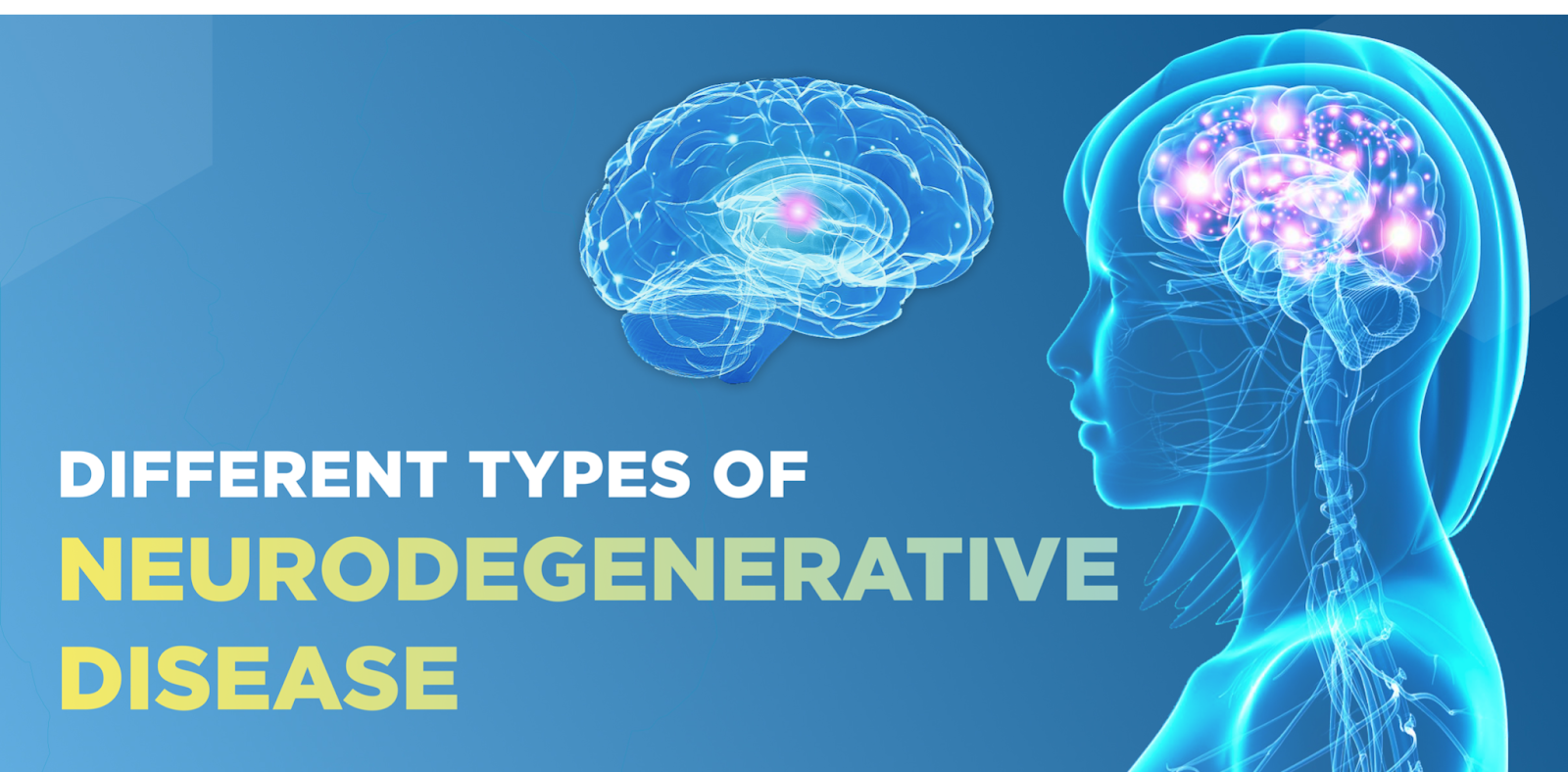
There are eight (8) primary forms of neurodegenerative disease that we will discuss in this article. They differ in cause and symptoms, but as stated above, they all share the same degeneration of the nerve cells dying inside the body. As neurons and their functions deteriorate, patients start experiencing problems depending on the damaged area.
Alzheimer’s Disease (AD)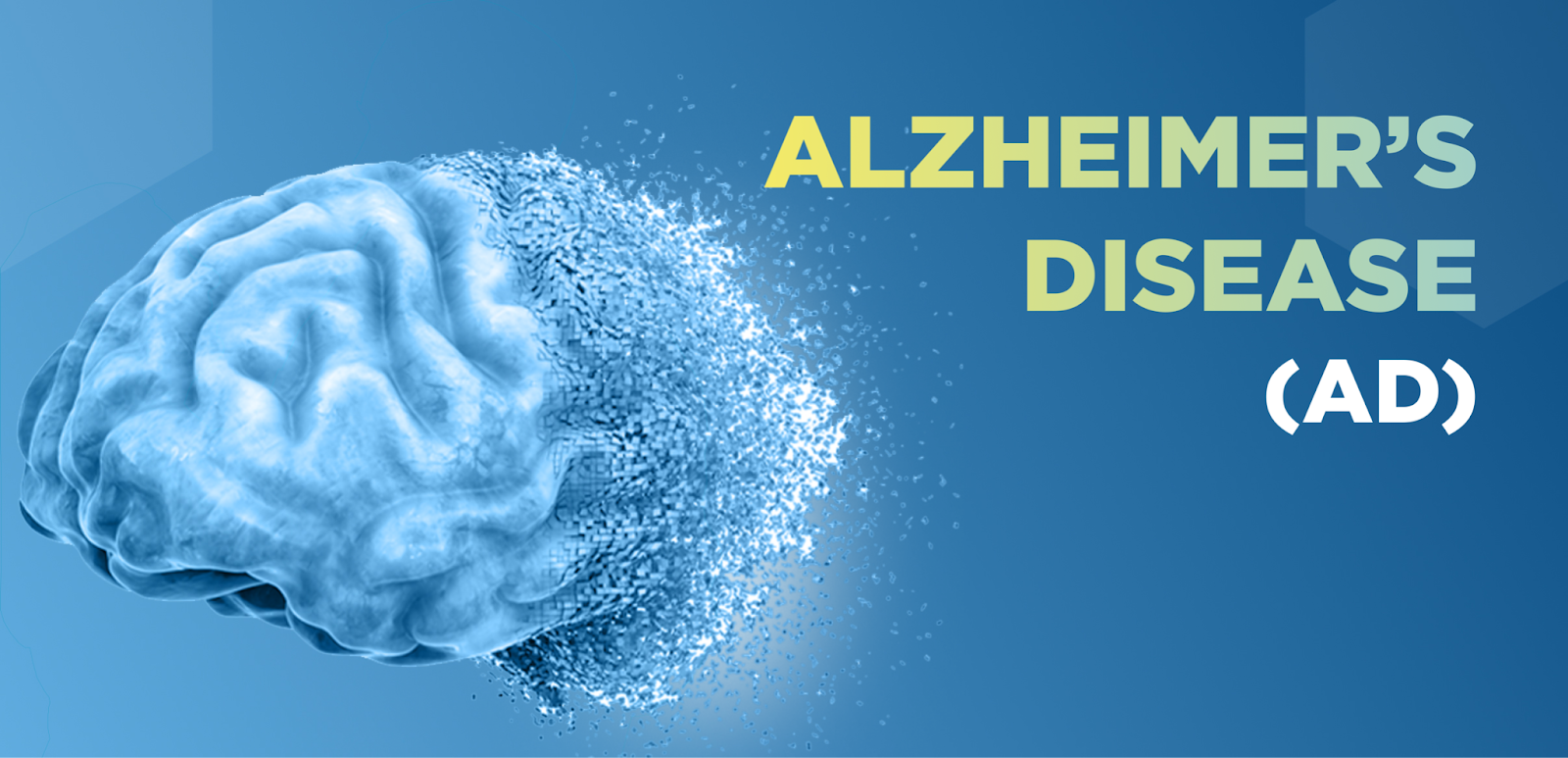
Alzheimer’s Disease Statistics: Perhaps the most widely known neurodegenerative disease is Alzheimer’s disease. This is because Alzheimer’s is the most common form of dementia, affecting more than 5.5 million Americans and an estimated 44 million worldwide. Several movies helped educate the public on this type of disease and the effects it can have on a person and their family.
Symptoms of Alzheimer’s Disease: Alzheimer’s disease primarily causes short-term and long-term memory impairments, poor judgment, lack of motivation, and difficulty in abstract thinking (3). These are the most common symptoms, but other initial symptoms may include effects on vision and language. Although aging will slow a person’s cognitive abilities, Alzheimer’s is a progressive disease that worsens these symptoms substantially. If symptoms continue to decline, a person will have trouble communicating altogether and responding to their environment.
Causes of Alzheimer’s Disease: It is thought that Alzheimer’s may be caused by a build-up of proteins in the brain called amyloid and tau. Amyloid are protein deposits that form plaques around cells. The jury is still out on why these proteins form, or if this is even the cause of this disease; but scientists know that the process begins years before symptoms appear. As the brain begins to atrophy due to the damage, the first areas typically affected are responsible for memories.
Alzheimer’s is #6 on causes of death in the United States, and on average, a person diagnosed with Alzheimer’s lives 4 – 8 more years post disease detection. Life expectancy can increase past this number depending on lifestyle and other factors.
Parkinson’s Disease (PD)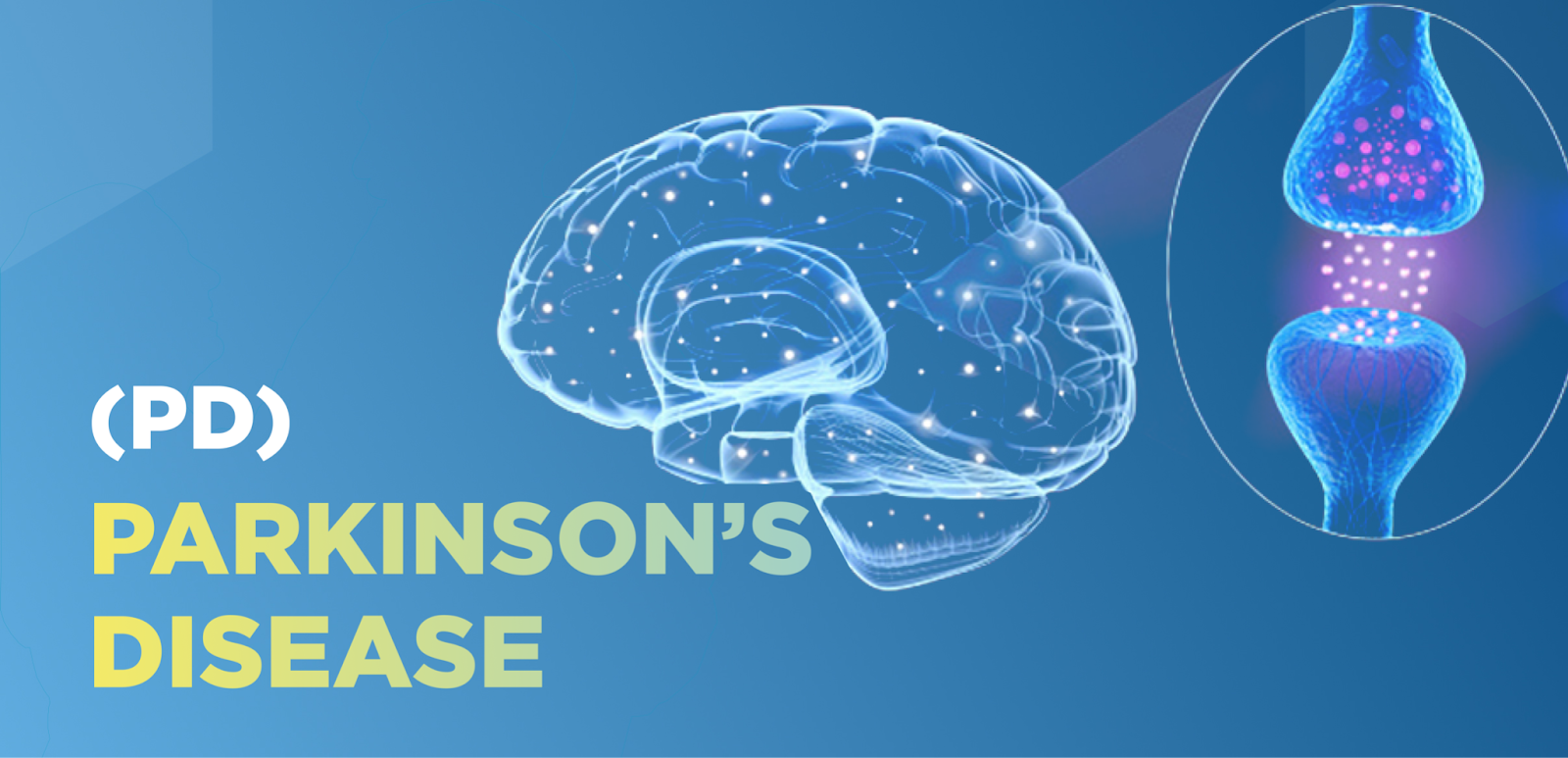
Parkinson’s Disease Statistics: After Alzheimer’s disease, Parkinson’s is the 2nd most common type of neurodegenerative ailment. Currently, there are around 1 million people living with Parkinson’s in the United States and an estimated 10,000,000 worldwide. There are approximately 60,000 Americans diagnosed with Parkinson’s Disease each year.
Symptoms of Parkinson’s Disease: This disease primarily causes progressive tremors, slow movements, and trouble with speech. Symptoms begin gradually, typically with a tremor in one hand, and can progress through the rest of the body.
Other symptoms include loss of smell, trouble sleeping, trouble walking, constipation, a soft or low voice, and dizziness.
In later stages, Parkinson’s disease causes postural instability and significant disability. In many cases, these patients also have a mild or moderate case of dementia (4).
Causes of Parkinson’s Disease: Researchers believe a combination of factors cause Parkinson’s disease. These include:
Genetics – About 10-15% of cases can be attributed to genetic factors. Over the years, scientists have compared the DNA of Parkinson’s patients, and they found that there are dozens of similar gene mutations found amongst the control group.
Environmental Factors – A list of external factors that could cause gene mutations include head injury, where you live, exposure to pesticides, and others. There are lifestyle influences that can have an impact on your genes as well. A combination of all of these determines if a person will develop Parkinson’s.
Multiple Sclerosis (MS)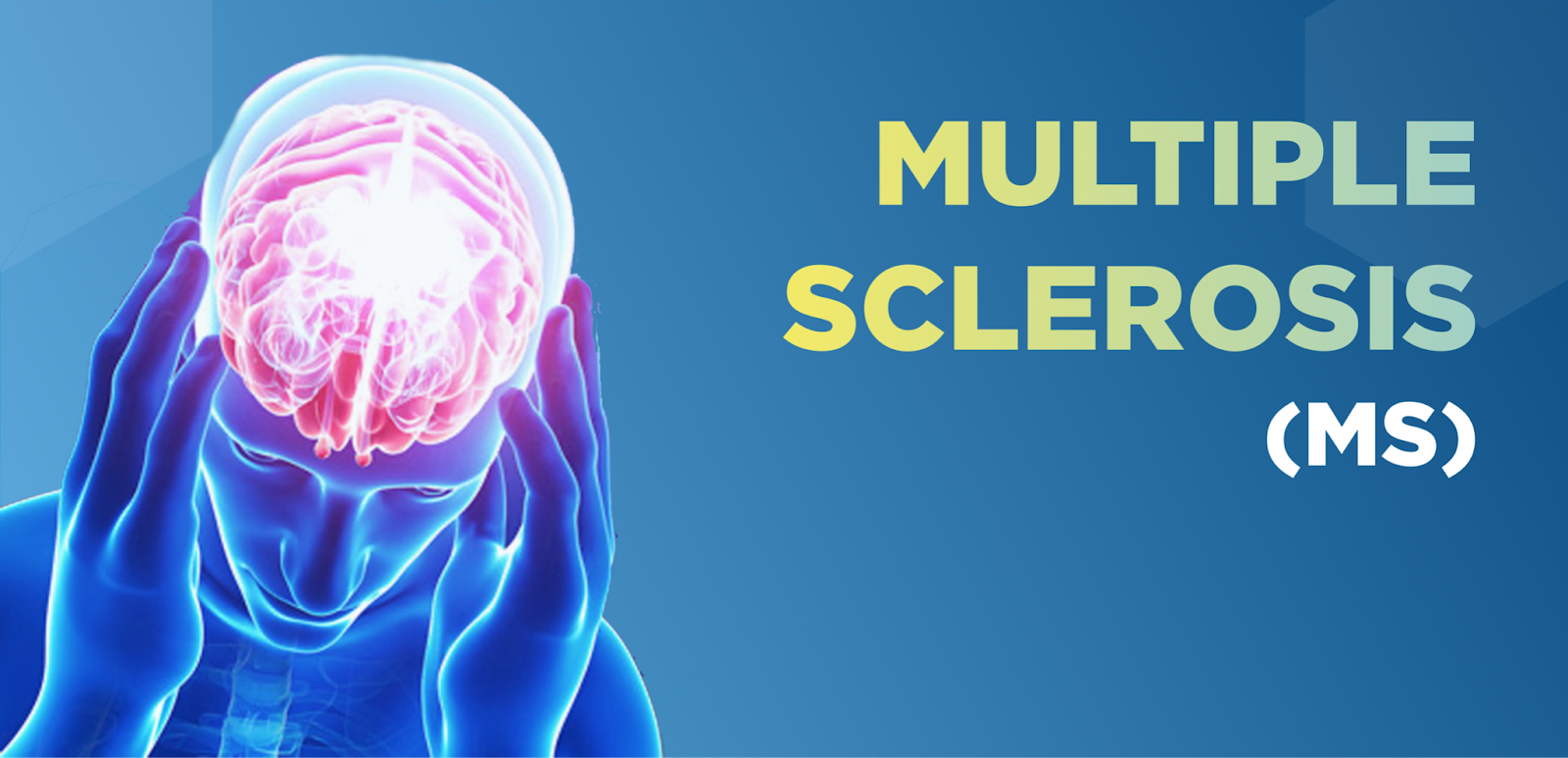
Multiple Sclerosis Statistics: This degenerative disease is the most widespread neurological condition of young adults worldwide. With MS, an individual experiences damage to myelin, nerve fibers, and neurons in the brain and spinal cord. Recent studies estimate close to 1 million people living with MS in the United States, and 2.3 million are affected worldwide. Close to 800 new cases are diagnosed each month in the United States. (21)
Symptoms of Multiple Sclerosis: Symptoms for MS differ from one person to the next, complicating a physician’s ability to identify and diagnose the disease. Up to 20% of patients are misdiagnosed prior to receiving the correct diagnoses.
Symptoms can affect the body and brain in many ways but often feature progressive loss of function in various organs, including the muscles, bladder, inner ear, and others (5).
Other symptoms include blurred vision, hearing impairment, reduced sense of smell and taste, numbness in limbs and extremities, loss of short-term memory, depression, headaches, facial pain, and loss of libido.
Causes of Multiple Sclerosis: Scientists have reported that there might be a genetic cause related to having Multiple Sclerosis. They don’t believe it’s necessarily an inherited disease, but about 15% of people with MS have a relative that also has MS. For identical twins, there’s a 33% chance for both siblings to have the disease. There is also a higher ratio of women with MS than men, which could be as high as four to one (21).
Researchers also suggest that there could be a link between an overactive immune system and the brain. There is a belief that the immune system could be attacking normal brain cells, mistaking them for foreign invaders. This is an interesting thought considering that there are almost double the MS cases once you get north of the 37th parallel (Just north of Oklahoma). When a person lives above this line, sun exposure drops precipitously, Vitamin D synthesis is severely hampered, and the immune system could be jeopardized.
Lewy Body Dementia (LBD)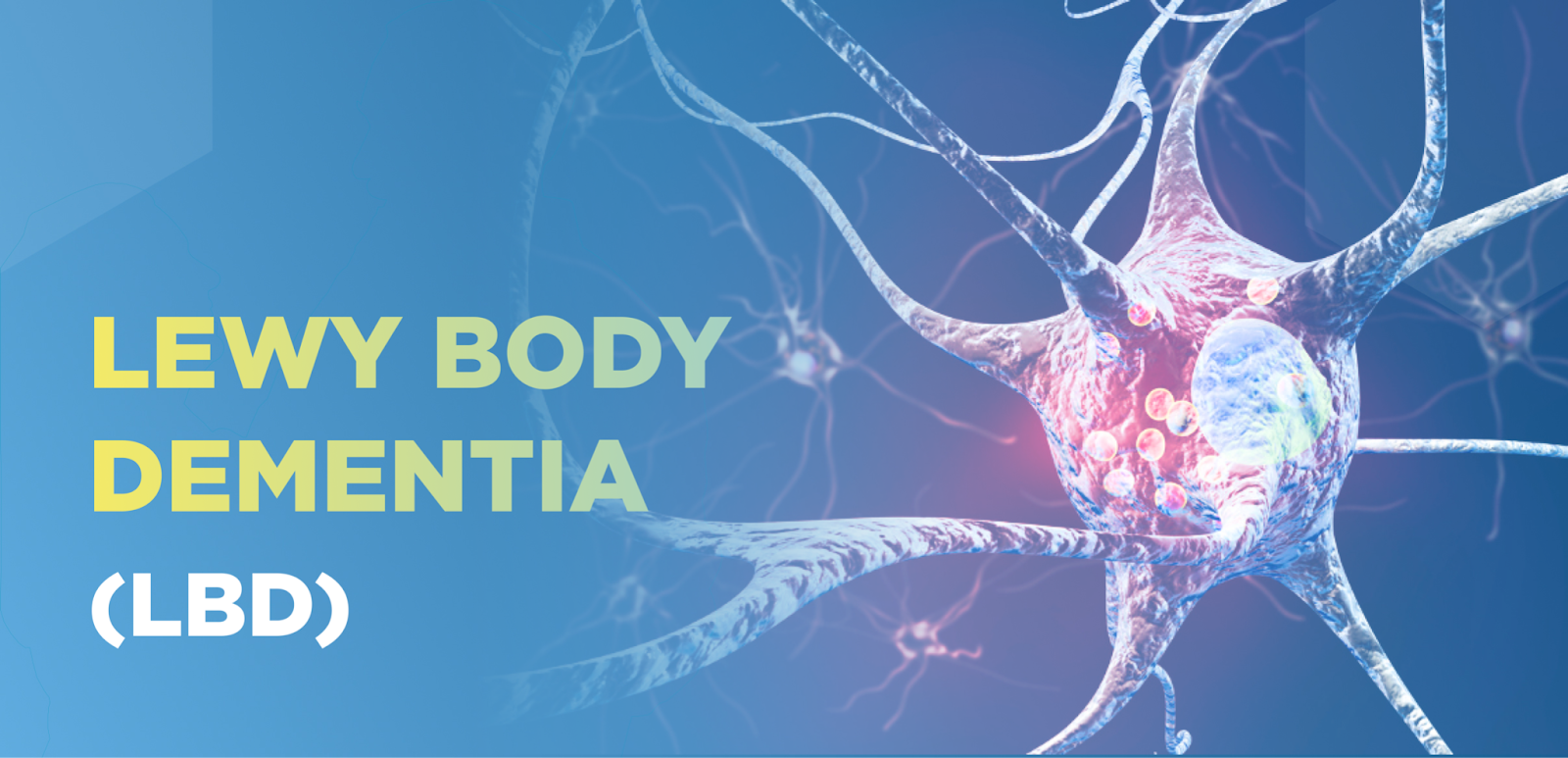
Lewy Body Dementia Statistics: Similar to Alzheimer’s Disease, this type of dementia is also associated with protein deposits in the brain. It is estimated to impact 1.4 million people in the US and 8.5 million people worldwide.
Symptoms of Lewy Body Dementia: Dementia with Lewy Bodies (clumps of protein) affects the nervous system, which is associated with:
– A decline in cognitive function (Dementia)
– Movement Problems (Parkinsonism)
– Drowsiness
– Visual hallucinations
– Acting out dreams while in REM sleep
– Memory loss sometimes happens, but it is not the main feature (6).
It is a progressive disease where people survive on average 5 – 7 years post-diagnosis.
Causes of Lewy Body Dementia: There are two genes in the brain that are essential for neuron-to-neuron communication (SNCA) and learning (SNCB). Mutation in these two essential genes can cause dementia with Lewy Bodies.
The mutation of another important gene (GBA) that digests and recycles proteins that are no longer needed can also increase the risk of developing dementia with Lewy Bodies.
Lastly, the APOE gene could mutate as well. This gene gives the cell instructions to make a protein that packages cholesterol to carry it through the bloodstream.
If any of these four genes mutate, it could lead to the formation of Lewy Bodies. Those with a family history of LB Dementia and Parkinson’s Disease are at a greater risk. Also, those over the age of 60 and females are more affected.
Huntington’s Disease (HD)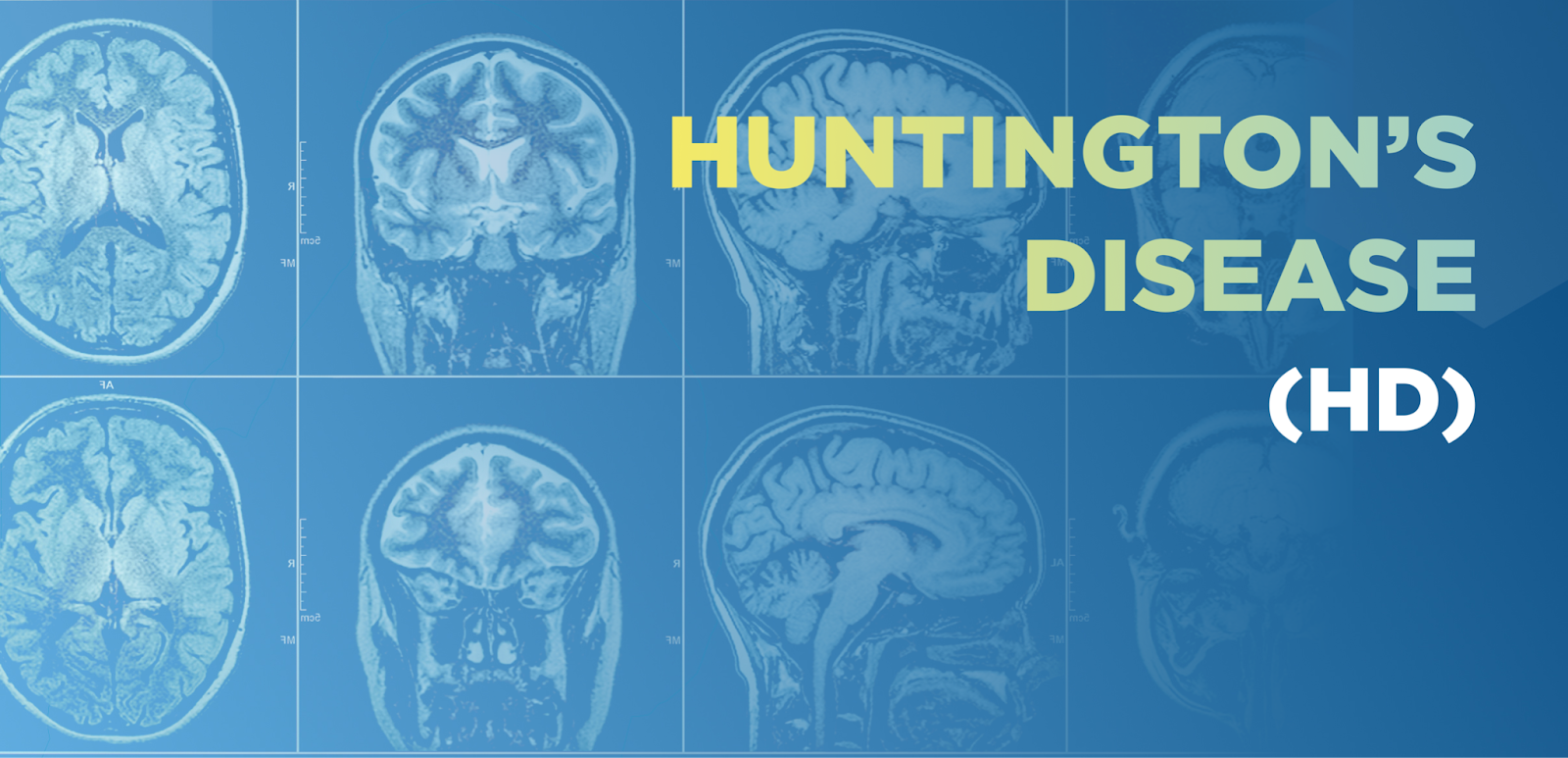
Huntington’s Disease Statistics: Huntington’s Disease affects 3 to 7 per 100,000 people of European ancestry. The disease is less common outside of bloodlines from this region of the world. Approximately 30,000 people in the United States currently have HD, and another 200,000 are at risk of developing the disease. People live on average another 15 – 20 years after symptoms begin. Despite the extensive research done to understand this disease, little is known about its origin.
Symptoms of Huntington’s Disease: Huntington’s Disease is a rare, devastating neurodegenerative disease that includes symptoms such as psychiatric symptoms, cognitive decline, and chorea, which are involuntary, uncontrollable muscle jerks. The disorder causes degeneration in motor skills and coordination. There is no cure, and the disease progresses into a complete inability to use the patient’s extremities (7).
Causes of Huntington’s Disease: Huntington’s disease has a genetic component to it. These patients have a problem with chromosome 4, leading to a protein mutation that causes neurodegeneration. A more in-depth study on Americans from 2003 – 2016 goes into detail about the demographics this disease affects most. https://www.ncbi.nlm.nih.gov/pmc/articles/PMC6579693/
Amyotrophic Lateral Sclerosis (ALS or Lou Gehrig’s Disease)
ALS Statistics: The worldwide incidence of ALS is rare (around 1.6 cases per 100,000). However, it is much more common in the United States, where the prevalence is 5.2 cases per 100,000. It is more common in white males, and the onset is usually after 40 years of age. This disease was made famous by the famous baseball player Lou Gehrig.
Symptoms of ALS: ALS is a rare motor neuron disease. The neurons connecting the brain to the spinal cord and muscle tissue begin to degenerate, which furthers the progressive loss of motor function and eventually death. Individuals with ALS suffer from progressive paralysis until the disease reaches their respiratory muscles, leaving them incapacitated (8).
Early-onset symptoms include muscle twitches, muscle cramps, spasticity, slurred and nasal speech, and difficulty chewing and swallowing. First signs begin with the arm, causing difficulties with day-to-day tasks such as writing, buttoning a shirt, or turning a key.
Causes of ALS: Today, there are no known specific causes for ALS, but scientists believe it to be a combination of genetics and environment. About 5 – 10% are familial cases, which means the individual got it from their parent. Mutations in many genes are the culprit for familial ALS, and scientists have begun to target the exact defective genes causing the disease.
Researchers are currently studying other environmental factors such as viruses, trauma, toxic agents, and diet.
Spinal Muscular Atrophy (SMA)
Spinal Muscular Atrophy Statistics: It is generally believed that SMA is currently present in 10,000 to 25,000 children and adults in the United States and is the leading genetic cause of death to infants and toddlers.
Symptoms of Spinal Muscular Atrophy: Muscle atrophy, weakness, limited mobility, difficulty breathing and eating, and scoliosis characterize the symptoms of SMA. The main feature is a progressive weakness in the patient’s limbs (9).
Causes of Spinal Muscular Atrophy: This is a genetic disease located in the SMN1 (Survival Motor Neuron) gene that encodes the SMN protein. When this gene is defective, the SMN1 gene will not produce the critical SMN protein. The health of the spinal cord is dependent on the production of this SMN protein for muscle contraction.
Six million Americans are SMA carriers with a defective copy of the SMN1 gene. Although they don’t show SMA symptoms, if both parents carry it, their child has a 1 in 4 chance of having the disease.
Friedreich’s Ataxia (FA)
Friedreich’s Ataxia Statistics: This is the most common hereditary ataxia, affecting 1 in 50,000 patients in the United States.
Symptoms of Friedreich’s Ataxia: Friedreich’s ataxia is a rare disease that attacks the nervous system and the heart. FA patients have muscle weakness, loss of balance, uncontrolled movements, facial tremors, and incomprehensible speech (10). This disease doesn’t affect parts of the brain required for mental processing. It mainly affects the spinal cord and the peripheral nerves that connect the spinal cord to the body’s muscles and sensory organs.
Cause of Friedreich’s Ataxia: FA is a hereditary disease that is passed down through the family and develops due to an alteration in chromosome 9, one of the 22 pairs of autosomes.
Diagnosis
The diagnosis of neurodegenerative diseases depends on the age of onset and type of disease. However, most cases are detected in adults and seniors.
The medical practitioner should start by evaluating the patient’s medical history. For example, a family history of Huntington’s disease will increase the chance of this ailment.
After considering your family history and your symptoms, one of the main elements of the diagnosis is the physical exam. There’s a neurologic physical exam in which your doctor will evaluate things like your gait, your ability to remember, examine your body, review your labs, and more.
Even with a complete medical history and a neurologic physical exam, your doctor may need additional information, which is provided by a variety of tests that include (14):
- MRI: This imaging test provides high-resolution photos of the brain and other nervous system structures. Not all neurodegenerative diseases can be diagnosed with an MRI, but we can see particular features. For example, a lighter area in a brain area known as putamen could help doctors diagnose Parkinson’s disease. Atrophy of the hippocampus can help them diagnose Alzheimer’s disease (15).
- PET Scan: This imaging test is instrumental when MRI is not enough to diagnose a neurodegenerative disease. It measures metabolism changes in the brain and makes it possible to evaluate what is happening with glucose and other substances. Besides aiding in a diagnosis, a PET scan can also provide data for a patient’s prognosis with a neurodegenerative disorder (16).
- Nuclear Magnetic Resonance: This type of test allows doctors to perform a metabonomic study of the brain using a biomarker to check what’s going on inside the brain with neurotransmitters and cell chemistry. This helps treat patients according to what they need to achieve a targeted drug therapy (17).
What can be done about neurodegenerative disease?
Some of the diseases covered above have a strong foundation in genetic modifications that happen during birth or throughout life. These specific diseases are challenging to prevent and even more difficult to treat. The good news is that scientists believe that both genetics AND environment play a role in the development of neurodegenerative diseases. If environment plays a role, then our lifestyle choices (where we live, diet, stress levels, etc.) are all within our control.
There have been cases where just a few minor changes to diet and environmental exposure not only slowed down the progression of some diseases but also stopped them dead in their tracks.
For example, several studies suggest that a healthy diet such as the Mediterranean diet reduces the risk of dementia. Some researchers also suggest choosing your vegetables more carefully to reduce your exposure to pesticides—similarly, several lines of investigation point at heavy metals as a significant environmental trigger of these diseases. Thus, we want to avoid exposure, especially to people who work in the mining or chemical industry.
Certain herbs and natural ingredients may also help to slow down the progression of neurodegenerative disease. For example:
- Coenzyme Q10: This natural substance is vital for the brain. It reaches the mitochondria and helps nerve cells create energy. It also protects your brain from free radicals. Many patients with neurodegenerative disease have low energy levels and a low coenzyme Q10 (18).
- Alpha-lipoic acid and other antioxidants: Free radicals speed up the progression of neurodegenerative disease. Thus, antioxidant ingredients such as alpha-lipoic acid, vitamin C, vitamin E, and others can be used to scavenge these free radicals (19).
- Turmeric root: Another problem in neurodegenerative disease is inflammation. There’s a concept of inflammaging, which features accelerated aging and inflammation. By reducing inflammation with turmeric root and other natural anti-inflammatories, we can slow down the process and retain our quality of life for a longer time (20).
- Acetyl l-Carnitine: A very well researched brain nutrient that has been shown to increase mental energy and focus. In Alzheimer’s patients, one specific neurotransmitter, acetylcholine, is shown to be particularly low. Acetyl l-carnitine’s structure is similar to acetylcholine, which gives it the ability to stimulate those receptors in the brain.
Conclusion
Neurodegenerative disease is a long-term and progressive problem that affects many people. There are different types, and the causes are varied. They may cause significant disability, but there are things you can do now to try and stop or slow it down.
Prevention is the key to staying healthy in this regard. Thus, keep educating yourself about this topic, monitor your loved ones, and prevent these ailments by giving yourself the best chance by choosing your lifestyle, nutrients, and natural solutions accordingly.
References:
- https://www.cancer.gov/publications/dictionaries/cancer-terms/def/neurodegenerative-disorder
- https://www.niehs.nih.gov/research/supported/health/neurodegenerative/index.cfm
- https://europepmc.org/article/NBK/nbk499922
- https://www.ncbi.nlm.nih.gov/books/NBK470193/
- https://www.ncbi.nlm.nih.gov/pmc/articles/PMC3351877/
- https://www.ncbi.nlm.nih.gov/books/NBK482441/
- https://www.ncbi.nlm.nih.gov/books/NBK559166/
- https://www.ncbi.nlm.nih.gov/books/NBK556151/
- https://www.ncbi.nlm.nih.gov/books/NBK560687/
- https://www.ncbi.nlm.nih.gov/books/NBK563199/
- https://www.sciencedirect.com/science/article/abs/pii/S0163725819300440
- https://www.ncbi.nlm.nih.gov/pmc/articles/PMC1280411/
- https://journals.physiology.org/doi/full/10.1152/ajpregu.00449.2010
- https://pubmed.ncbi.nlm.nih.gov/21154313/
- https://pubmed.ncbi.nlm.nih.gov/8061383/
- https://pubmed.ncbi.nlm.nih.gov/31107281/
- https://medcraveonline.com/JNSK/nitrogen-oxides-induced-neurodegeneration-as-examined-by-nuclear-magnetic-resonance.html
- https://www.cambridge.org/core/journals/cns-spectrums/article/abs/coenzyme-q10-a-review-of-its-promise-as-a-neuroprotectant/7C57DB2F565B369E14E9CE2A896E1F0E
- https://www.ncbi.nlm.nih.gov/pmc/articles/PMC5732919/
- https://pubmed.ncbi.nlm.nih.gov/26035622/
- https://www.healthline.com/health/multiple-sclerosis/facts-statistics-infographic#Prevalence

